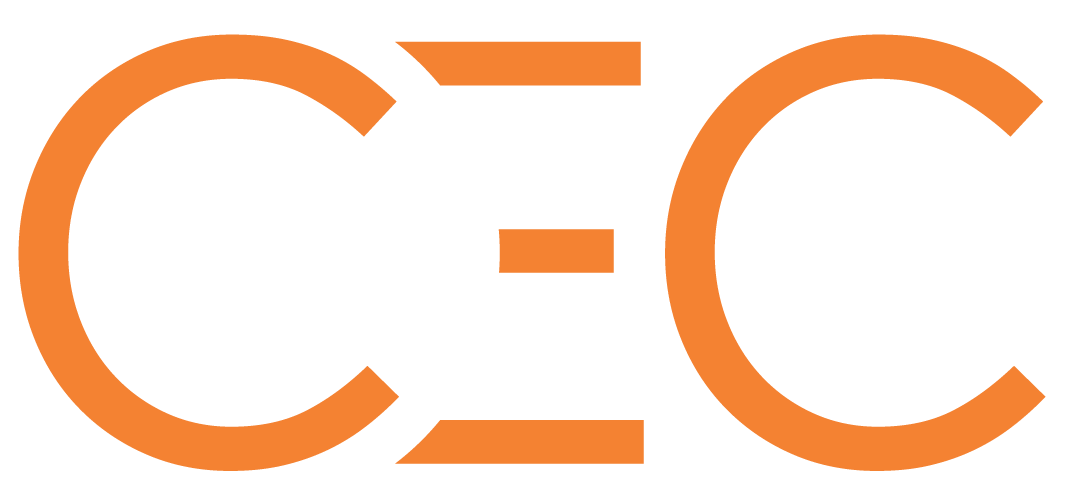The world of lead generation is evolving fast. With more channels, data, and automation than ever, the way businesses attract and convert leads has fundamentally changed.
Two approaches dominate the conversation — inbound and outbound marketing. Each has its strengths, challenges, and place within a smart demand generation strategy. Understanding how they differ — and how they can work together — is key to building a pipeline that scales.
In this blog, we’ll break down what makes each approach effective and how to decide which is right for your goals.
Inbound Lead Generation: Attracting the Right Audience
Inbound marketing is all about earning attention. Instead of reaching out cold, it focuses on creating valuable, engaging content that naturally draws the right people in.
It’s based on trust — offering solutions and insight before making the sale. When done right, inbound marketing positions your brand as an expert voice that helps your audience solve problems, not just sell to them.
Core Tactics of Inbound Lead Generation
- Content Marketing: Sharing blogs, guides, or videos that answer real customer questions and showcase your expertise.
- SEO: Optimising your content so it’s discoverable when your audience searches for solutions you can provide.
- Social Media Marketing: Using social platforms to engage, listen, and build relationships — not just broadcast messages.
- Email Nurturing: Sending helpful, relevant emails that build trust and guide leads through their decision journey.
- Events & Webinars: Hosting sessions that educate and connect with prospects in a meaningful way.
Inbound lead generation takes time, but it builds credibility and loyalty. It’s ideal for brands focused on sustainable growth and relationship-driven marketing.
Outbound Lead Generation: Reaching Out with Precision
Outbound lead generation takes a more proactive approach. Instead of waiting for prospects to find you, you identify and reach out to them directly.
Outbound works best when you have a clear understanding of your target audience and a strong message that captures attention quickly.
Core Tactics of Outbound Lead Generation
- Cold Emailing: Reaching out with well-crafted, personalised messages that address specific pain points.
- Paid Advertising: Using targeted ads to reach high-intent audiences through search, social, or display campaigns.
- Outbound Calling: Engaging potential leads through human conversation to build rapport and discover needs.
- Networking & Events: Connecting face-to-face at industry conferences or trade shows.
- Account-Based Marketing (ABM): Coordinating personalised outreach across sales and marketing for high-value accounts.
Outbound lead generation can deliver faster results, making it a strong option for businesses seeking immediate visibility or pipeline momentum.
Which Approach Is Right for You?
The choice depends on your goals, resources, and market dynamics.
- Choose inbound if you’re focused on long-term brand growth, organic lead generation, and relationship building.
- Choose outbound if you need to scale quickly, target specific decision-makers, or test new markets fast.
- Combine both for the best of both worlds — inbound to build awareness and credibility, and outbound to accelerate results and reach untapped audiences.
The most successful B2B brands use a hybrid approach. They attract through value-driven inbound content while empowering their sales teams with precise outbound targeting to convert interest into opportunity.
Final Thoughts
Inbound and outbound aren’t rivals — they’re complementary.
Inbound builds authority and trust. Outbound creates immediacy and reach. Together, they create a balanced, always-on lead generation system that drives consistent growth.
At CEC Marketing, we help B2B brands design intelligent demand generation strategies that combine creativity with precision — building pipelines that don’t just fill, but convert.
